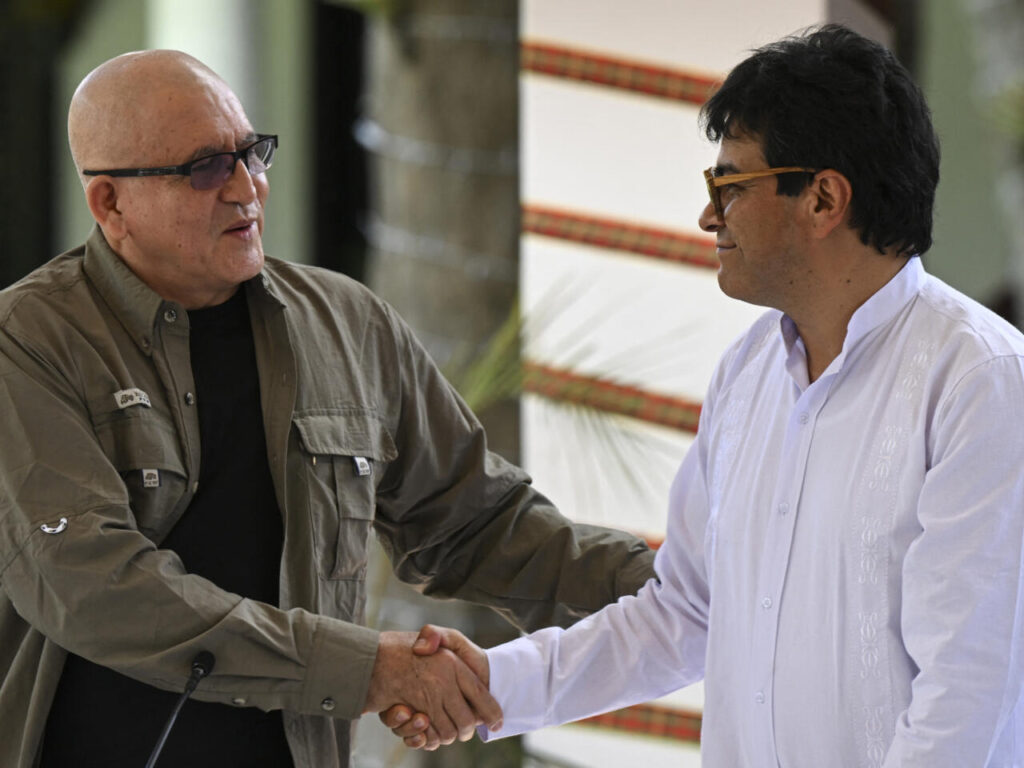The dollar maintains its downward streak and is close to its lowest nominal value that it reached at the end of June ($39.07). . This Monday, the US currency weakened 0.67% against the Uruguayan peso with an interbank average of $39.53. The last transaction of the day was agreed at $39.58 (-0.43%), according to Bevsa.
In the BROU’s public blackboard, the dollar was at $38.40 for purchase and $40.80 for sale, 20 hundredths below Friday’s close.
In the accumulated value of November, the US currency has weakened 2.6% against the Uruguayan peso and 11.55% so far this year.
The analysts who responded to the November BCU Survey of Expectations projected a closing of the exchange rate at $41.50 by the end of the year.
In the Brazilian exchange market, the main regional reference market for Uruguay, the dollar weakened 1.2% against the real, which closed at 5.31 units this Monday.
For its part, the dollar index —which compares the dollar with a basket of six other global currencies— advanced 0.82% to 107.80 points, after having climbed to the 108 mark.
Tight stances by various Fed members have been pushing up the global dollar and US Treasury yields. Last Friday, the president of the Boston Fed, Susan Collins, told CNBC that she does not rule out a 75 basis point (0.75%) rate hike at the central bank’s December meeting, at a time when the largest Some of the market has been pricing in a 0.5% hike.
















